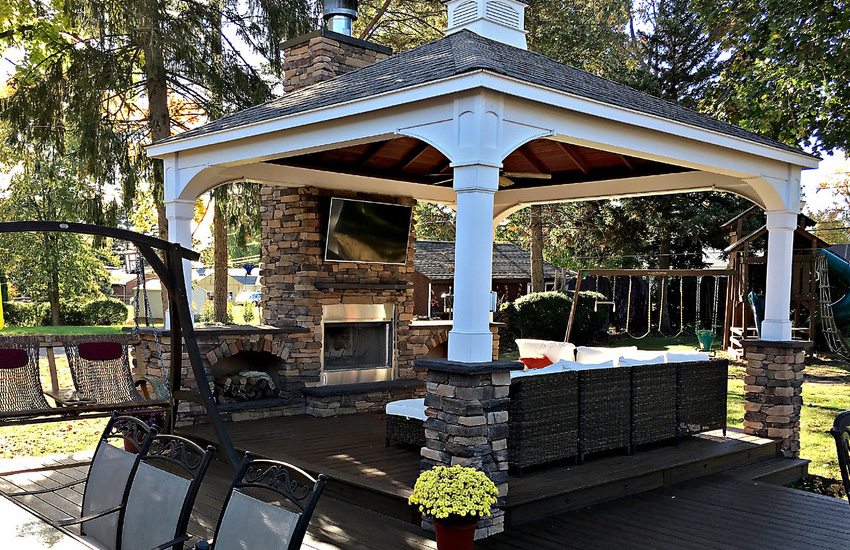
Custom Gazebo Construction
Choosing the right contractor for your gazebo project can make all the difference in turning your backyard into a picturesque retreat. Dream Decks represents the pinnacle of gazebo build and design services, you’re not just hiring a service provider; you’re partnering with a visionary team that understands the essence of creating a serene and inviting outdoor space. Dream Decks bring to the table a wealth of experience, a portfolio of stunning designs, and a commitment to excellence that ensures your gazebo becomes a central feature of your home, blending seamlessly with its surroundings and enhancing your outdoor living experience.
Custom Gazebos Designed to Suit Your Lifestyle
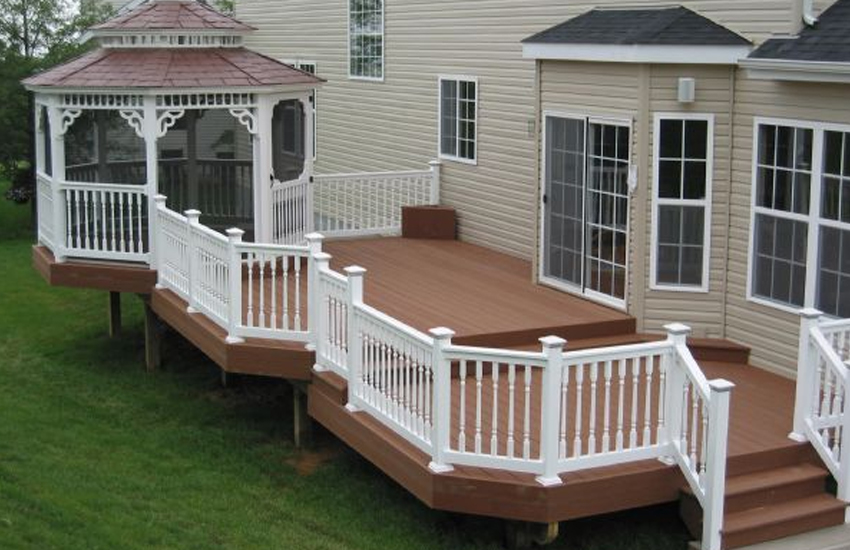
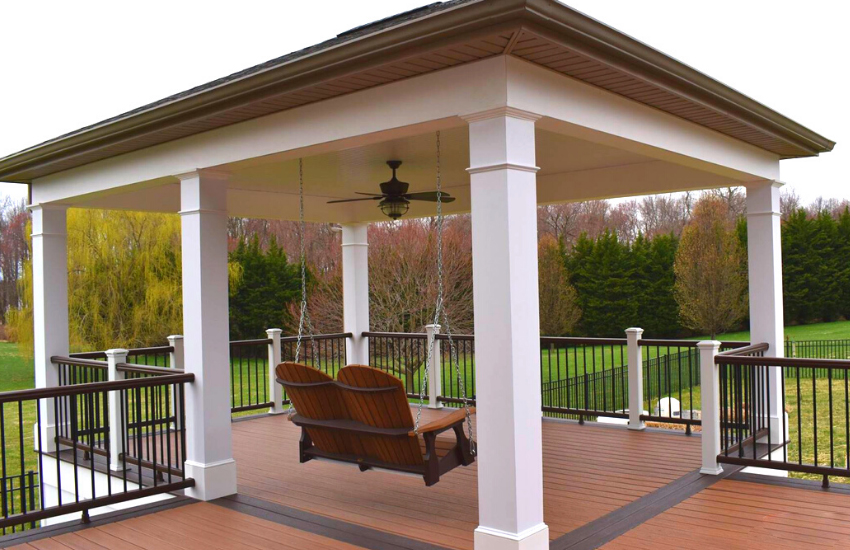
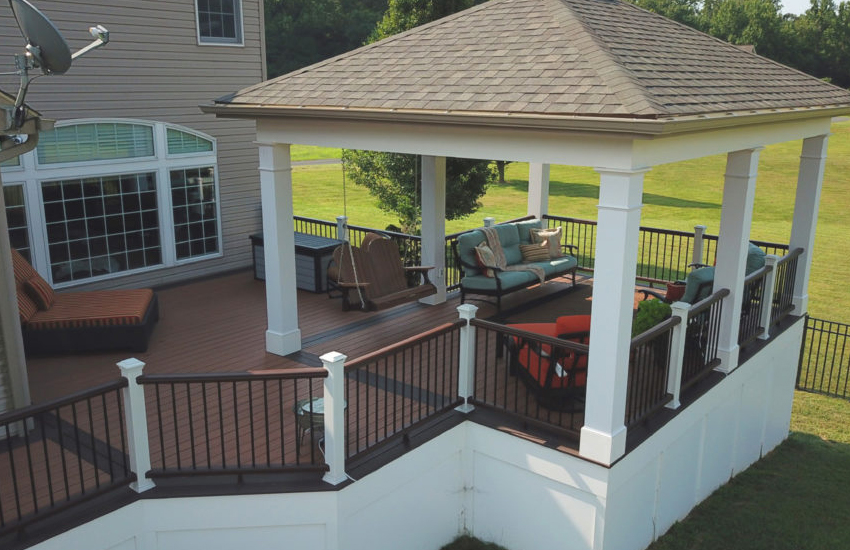
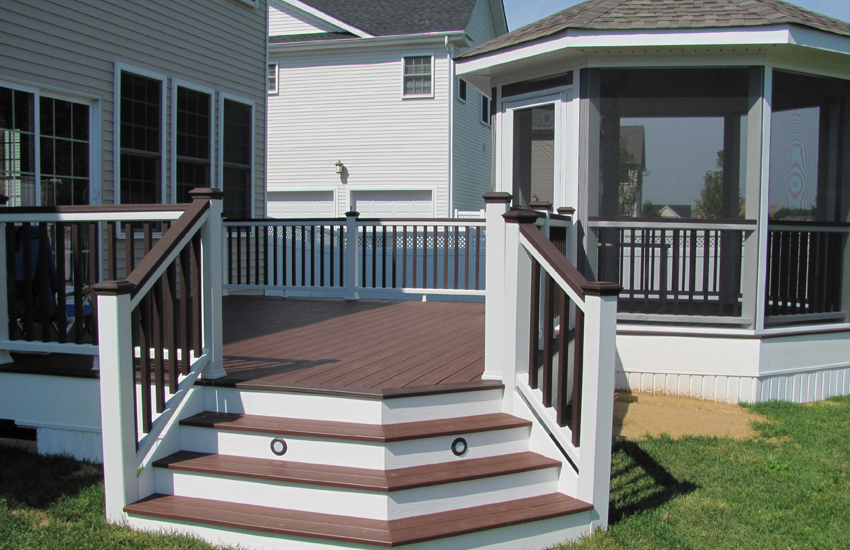

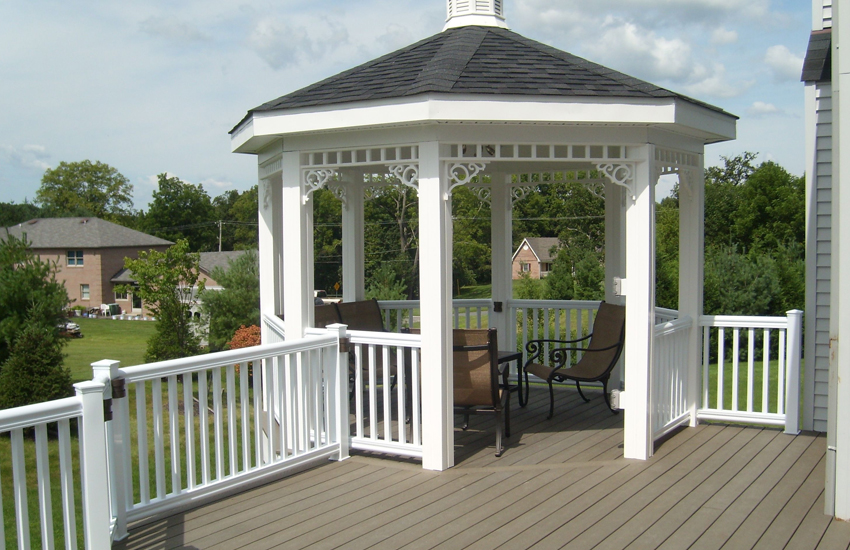
Discover Your Perfect Gazebo
| Gazebo Types | Construction Materials | Services |
|---|---|---|
|
|
|

Custom Gazebo, Ultimate Enjoyment
Enhance your gazebo with lighting, seating, and more for the ultimate outdoor living experience.
Why Choose Dream Decks?
- Expertise: With years of experience and a keen eye for design, our team embodies professionalism and skill.
- Quality: We use only the finest materials to ensure your gazebo stands the test of time.
- Customization: Your vision is our blueprint. We work closely with you to create a gazebo that perfectly fits your lifestyle.
- Eco-Friendly: Sustainability is at the heart of our design philosophy, using eco-friendly materials and practices.
- Satisfaction Guaranteed: Your happiness is our priority. We strive for excellence in every project, ensuring your gazebo exceeds expectations.
Gazebo Contractor
Gazebo Design & Build
When it comes to gazebo designs, the options are as vast as your imagination. From classic octagonal gazebos that offer a traditional charm to modern structures with clean lines and innovative materials, the range of designs available caters to every style and preference. Pagoda-style roofs, Victorian-inspired details, or simple yet elegant cedar models are just a few of the designs that can transform your backyard into a stunning focal point. Each design is carefully planned to not only complement the aesthetic of your home but also to provide a functional space that enhances your outdoor living experience. The relationship between the services offered and the gazebo designs ensures that every project is a masterpiece, tailored to the individual needs and tastes of each homeowner.

Dream Decks
Expertise in Gazebo Design and Construction
The choice of materials plays a crucial role in the construction of a gazebo, affecting everything from its durability to its overall look and feel. Expert contractors offer a variety of materials, including wood, metal, vinyl, and more, each selected for its quality, durability, and beauty. Wood options like cedar and redwood are popular for their natural beauty and resistance to decay, while metal options offer a more modern look and minimal maintenance. The connection between gazebo designs and materials means that each structure is not only visually appealing but built to last, ensuring that your gazebo remains a cherished part of your home for years to come. With the right materials, your gazebo can withstand the elements and continue to be a place of relaxation and enjoyment, reflecting the perfect blend of form, function, and durability.
From the initial design consultation to the final touches of construction, these experts offer comprehensive services that include custom gazebo design, construction, and even renovation of existing structures. Whether you’re looking for an open-air design perfect for summer evenings, a screened gazebo for bug-free relaxation, or a gazebo with built-in seating for entertaining, these professionals work closely with you to ensure the final product aligns perfectly with your vision and functional requirements. The ability to choose from a variety of gazebo-related services means that no matter the complexity of your project or the uniqueness of your ideas, there’s a design solution waiting to be realized.
READY FOR YOUR DREAM GAZEBO?
Transform your backyard into a stunning outdoor sanctuary with a custom-designed gazebo from Minnesota’s premier builders. Our expert team creates elegant, functional gazebos tailored to your style and landscape—whether you envision a classic octagonal retreat, a modern architectural statement, or a cozy screened enclosure. From initial design consultation through final construction, we use premium materials like natural cedar, durable vinyl, and weather-resistant composites to ensure your gazebo becomes a lasting centerpiece. Let Dream Decks bring your vision to life with craftsmanship that combines timeless beauty with structural excellence.
Let’s Create Your Outdoor Oasis
Schedule your free design consultation today
Get Your Free Consultation